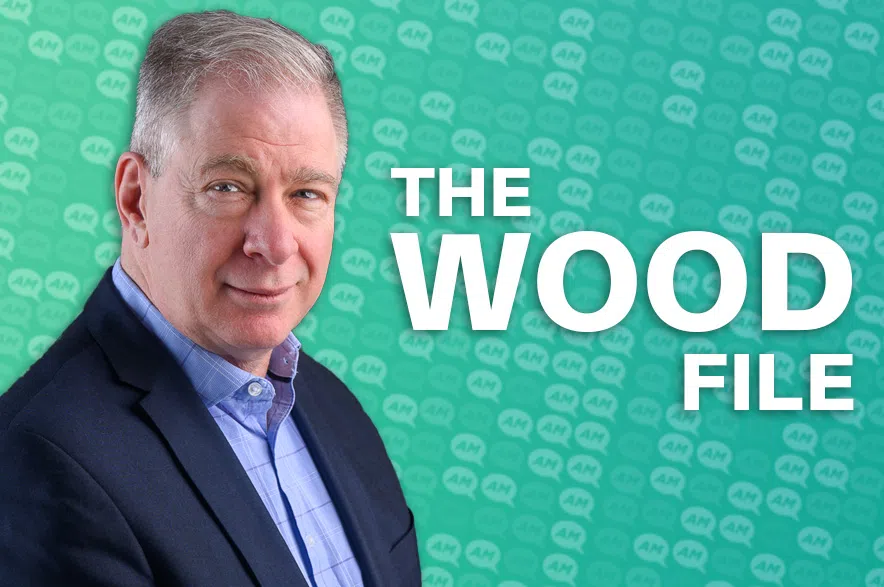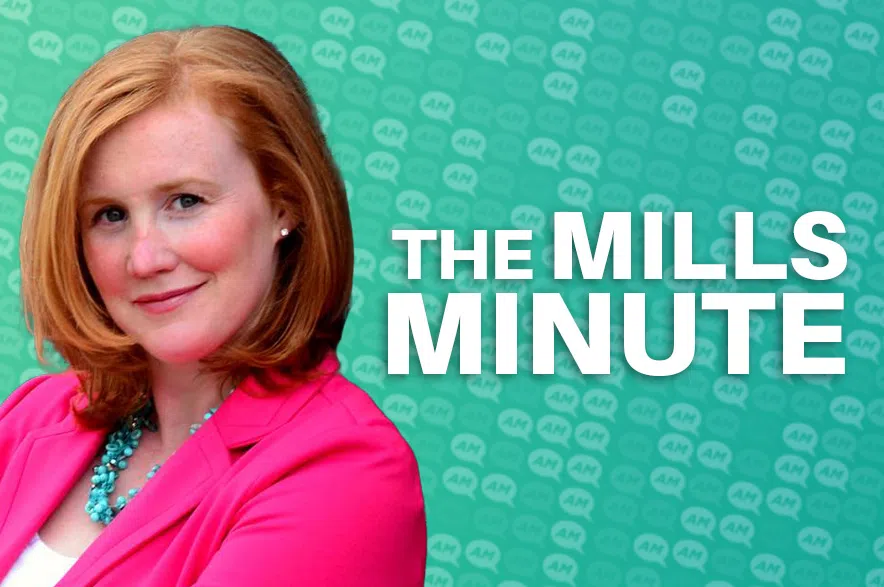There were signs inflation was easing in October, but a more muddled picture under the hood has most economists expecting the Bank of Canada will shift to the sidelines at its final interest rate decision of the year.
Cheaper prices at the gas pumps and grocery store helped bring inflation down to 2.2 per cent October, Statistics Canada said Monday.
Read more:
- Federal budget forecasts $78B deficit as Liberals shift spending to capital projects
- Canada’s economy shrank 0.3% in August, weak growth expected in Q3: StatCan
- Affordability gap leaves Liberal budget with middling reviews: Leger poll
That was a tick higher than economists’ expectations but down from 2.4 per cent in September.
Higher gasoline costs were blamed for the half-point spike in the September inflation reading, and Statistics Canada said easing pump prices last month helped rein inflation back in.
Prices at the grocery store also fell 0.6 per cent in October, the largest month-to-month decline since September 2020.
BMO chief economist Doug Porter said some of that relief was likely tied to the “unwinding” of price pressures from tariffs put on perishable U.S. goods like Florida orange juice earlier this year. Ottawa nixed the bulk of Canada’s retaliatory tariffs on the United States in September.
Prices for food purchased from the grocery store rose 3.4 per cent on an annual basis, cooling from four per cent in September.
Statistics Canada said that deceleration was driven by cooling costs for fresh vegetables and a category that includes mostly processed foods, but bigger price hikes on fresh and frozen chicken moderated the decline.
Excluding influences from food and energy, Porter said the annual inflation rate rose three ticks to 2.7 per cent in October.
But there are many different ways economists and the Bank of Canada try to get a sense of underlying inflation trends — some measures suggested price pressures were easing and others showed signs of stubbornness in October.
“There are a lot of conflicting signals and there’s a lot of messiness in underlying inflation,” Porter said.
The Bank of Canada raises or lowers its benchmark interest rate in an effort to keep annual inflation around its two per cent target. The central bank doesn’t want inflation to rest too high above two per cent, nor does it want inflation to drop below that point.
With a series of tax changes and tariff impacts affecting Canada’s inflation figures, the central bank has acknowledged it’s tougher than usual right now to get a sense of underlying inflation trends.
Porter said the October data shows the balance of core inflation readings likely put underlying price hikes close to 2.5 per cent — in line with the Bank of Canada’s expectations. Taking out the effect of the carbon price removal earlier this year, annual inflation would also be a bit above that mark, he noted.
“From the bank’s point of view, that’s probably a little bit hot for them to be fully comfortable,” Porter said. “So the main point here is, I think the bank is not going to change interest rates at their next meeting.”
The October inflation report marks the Bank of Canada’s last look at price data before its final interest rate decision of the year on Dec. 10.
The central bank’s benchmark interest rate stands at 2.25 per cent following cuts at back-to-back meetings in September and October.
Bank of Canada officials signalled last month they may be done with rate cuts in the near term unless economic data surprises them.
CIBC senior economist Andrew Grantham said in a note to clients Monday that while the headline inflation rate cooled, the Bank of Canada would need to see a more sustained period of price slowdowns to adjust rates again.
“We continue to forecast no change in the overnight rate through to the end of next year,” Grantham said.
Financial markets priced the odds of a rate hold from the Bank of Canada in December at just under 90 per cent as of midday Monday, according to LSEG Data & Analytics.
RBC economist Abbey Xu said the October inflation report reinforces that the economy is not in need of urgent interest rate relief.
“Core price pressures remain sticky at rates above the BoC’s inflation target, consumer demand has proven resilient to-date despite international trade uncertainty, and fiscal policy is set to provide support to growth in the year ahead,” she said in a note.
Keeping the overall inflation rate sticky in October was a rare increase in cellular service costs. Statistics Canada said this segment saw prices rise 7.7 per cent annually, the first yearly increase since April 2023.
Consumers were also paying more for home, mortgage and car insurance in October, particularly in Alberta, the agency said. Over the past five years, the cost of home and mortgage insurance has risen 38.9 per cent nationally, while vehicle insurance premiums are up 18.9 per cent.
Changes in property taxes, which are recorded each year in October, showed Canadian homeowners paid 5.6 per cent more annually in 2025. That’s down slightly from six per cent in 2024, which Porter noted was the largest increase seen in decades.
This report by The Canadian Press was first published Nov. 17, 2025.











